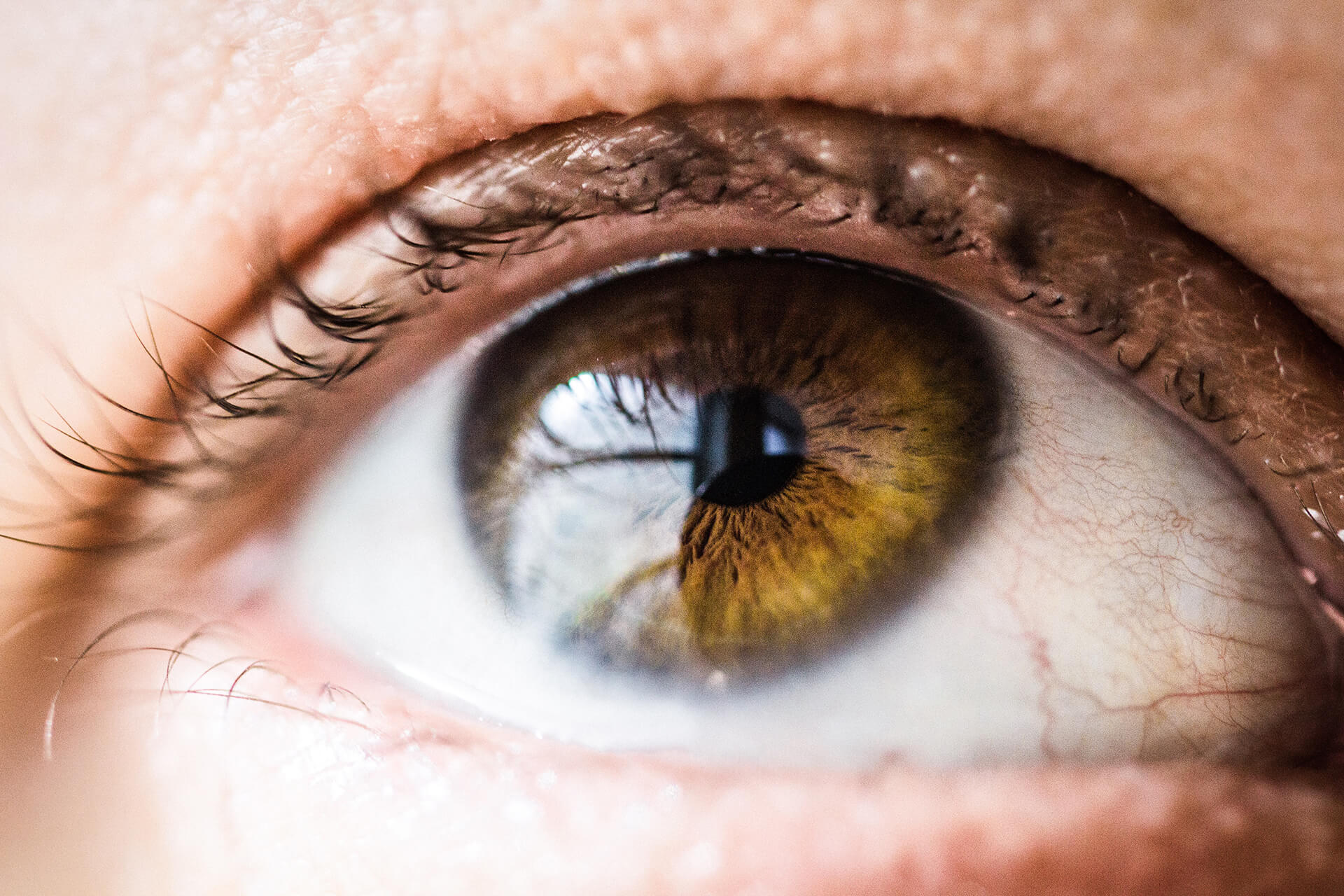It was that moment when your optometrist first prescribed glasses to drive or to read, that you thought, “vision problems run in my family history”.
Just like hair colour, your height and that distinct dimple on the left cheek, you knew you may develop the same eye problem too one day.
“Oh, Mum and Dad. I got this from you.”
Should you blame all vision problems on genetics?
Genetics form an important part of assessing the risk of developing vision impairment, however there are other influencing factors, including lifestyle and age.
The most common cause of vision impairment (vision poor enough to impact quality of life, your ability to work and study) is refractive error. This means inadequate vision due to not having glasses or because the pair of glasses you have no longer meet your needs.
What is refractive error? Refractive error is an optical defect due to the shape of the eye, resulting in the image of what you are looking at, not focusing at the back of the eye (retina).
There are a few types of refractive error, some of which are discussed below.
Myopia (short-sighted): the eye is too long, the image falls short of the retina. Commonly the person with myopia is able to see close objects while distance objects are more blurred.
There is an epidemic of myopia world wide currently with large populations of young people developing myopia during the school or university years. The concern about higher degrees of myopia is that this can increase your risk of certain eye diseases later on.
Hyperopia (Long-sighted): the eye is on the shorter side. The image focuses behind the retina which can result in difficulty reading and eye strain. Hyperopia tends to increase with age, eventually affecting distance vision as well as close.
Presbyopia: this is an age related condition the affects us all if we live long enough! Over time the crystalline lens (found behind the pupil) reduces in flexibility preventing near focus and results in
increasing difficulty with reading. Early signs can include complaining that your arms are not long enough!
While refractive error is the most common cause of correctable vision impairment in Australia, there are three common eye conditions that can also impact on your ability to see which are:
- Cataract
- Glaucoma
- Age related macula degeneration (AMD)
Family history (most importantly first degree relatives – parents/siblings) can increase your risk of these conditions and advancing age is another risk factor.
Many people think of a cataract as a growth that grows across the eye. Cataract is actually the gradual loss of transparency of the crystalline lens (located behind the pupil) that occurs (most commonly) with age. Symptoms of cataract will be a gradual deterioration in vision over time, sometimes simply a change in glasses is enough to restore the vision clarity. Ultimately, when the cataract has reached a stage where it is impacting on your quality of life, a simple operation can be performed by an Ophthalmologist to remove the cataract.
Glaucoma is sometimes referred to as the “thief of sight” because it has few symptoms in the early stages. Damage, often due to chronically elevated eye pressure, results in irreversible damage to the optic nerve and the nerve cells that transport the visual image from the retina to the brain. Initially the peripheral vision is affected and it is not until significant loss of cells occurs that the individual becomes aware of decline in their vision. Glaucoma can be treated and the damage limited (in most cases) if it is detected early enough!
Age related macula degeneration (AMD) is the most common cause of vision impairment in people over the age of 65. AMD results in damage to the cells at the macula, (the central part of the retina where the central focus of your vision occurs). There is a strong genetic correlation with AMD, as well age and lifestyle habits such as smoking. Early signs of macula degeneration can include a gradual blurring of fine detail which increases over time. Certain forms of this condition can be treated, but only if it is identified in the early stages. Regular eye examinations and home monitoring are the plan of action with AMD, with urgent reviews by your ophthalmologist or optometrist if any change in vision is noted.
Remember that family history can be a guide as to your risk of developing refractive error or certain eye diseases but other factors can be just as important.
All of these conditions can be detected during a routine eye examination with your optometrist. The Optical Coherence Tomographer (OCT) is now part of the modern optometry practice and allows the optometrist to detect early signs of eye disease, permitting early treatment and monitoring.
Book An Appointment Today
If you think you may be at a higher risk of developing eye problems, either because of your family history or because you have noticed a change or decline in your vision, you can arrange for an eye test with an optometrist at Blue Mountains Optical and book an appointment through our website today.


